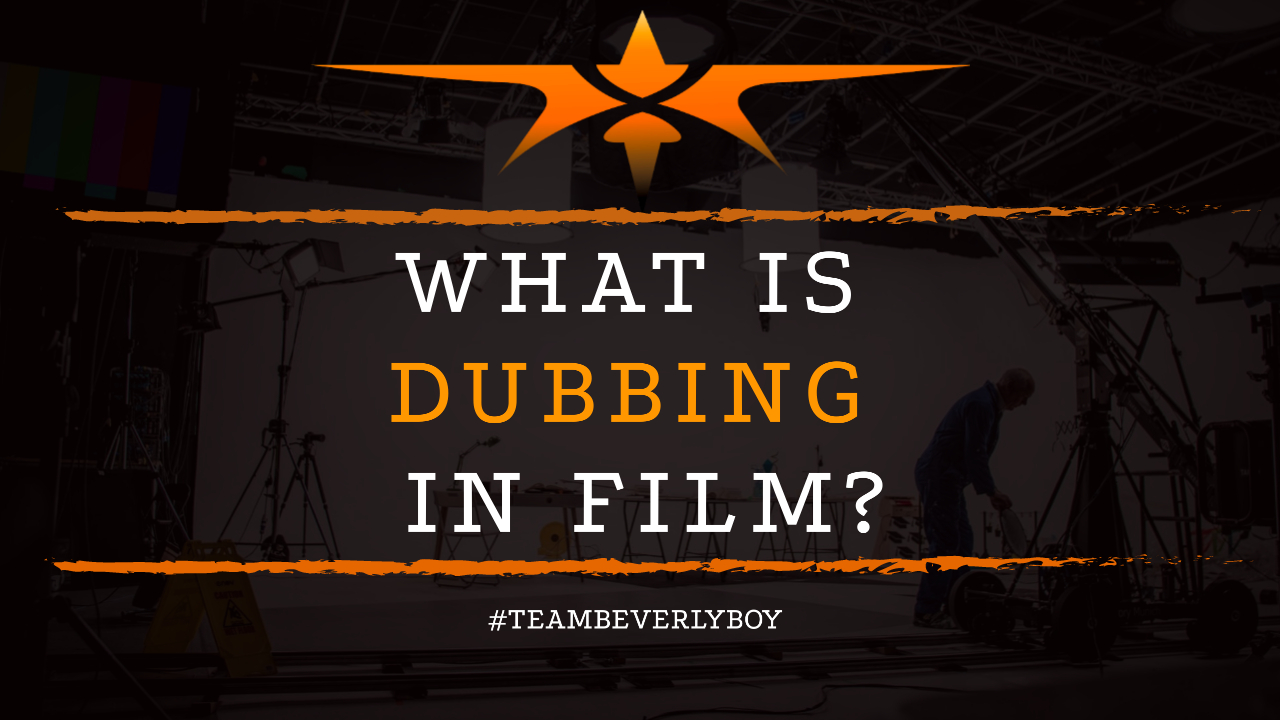
What is Dubbing in Film?
Film terminology is difficult to understand as a beginner. But as you learn and grow in the industry. You begin to see how the different terms relate and what each of them means. For example, when you hear the term dubbing, or looping. Or ADR you probably know that all of these are relative to sound design and the use of audio in a film. You might have even heard someone say, “This film has been dubbed in Spanish.” or “This film has been dubbed in French.”

But what is dubbing in film and what does it mean?
What is Dubbing?
Dubbing represents the replacement or addition of new dialogue or sounds to a film. In order to render it recognizable and translated from a foreign-language into the desired language that the audience understands.
Dubbing in film takes place in the post-production process. And was more widely used several decades ago before transcription and subtitles were so widely available.
Changes in technology made dubbing become less of a focus. As more audiences found that foreign films could be enjoyed simply by viewing/reading the subtitles along the bottom.
An Arduous Task
The post-production process of dubbing an original language film into a foreign language can be a costly process and it’s incredibly challenging.
Many actors find the process to be more challenging than most forms of voice over or dialogue replacement and dread the process all together.
Perhaps that’s one of the reasons the dubbing is rarely used in film anymore?
Dubbing vs. Subtitles

You might be wondering, why would someone choose subtitles over dubbing? Or why would someone choose dubbing over subtitling a film?
If you’re an avid reader, you probably have no problem watching a foreign film and reading the subtitles. But if you’re not much of a reader? The mundane process of reading a movie may not seem enjoyable at all…
Dubbing is often chosen for the translation of foreign films when they are created originally for a young audience. You may also find dubbing being used in situations. Where the target audience is purely not likely to want to read subtitles.
This is left to the discretion of the filmmaker and will change based on the desired audience. Subtitles are often used in instances where the foreign language viewing of the film in a local language would be less than ideal or attractive.
A Matter of Preference
Sometimes, though, dubbing voice actors can be incredibly talented. And the result can be a great experience in watching a movie. That was created for an entirely different language in your own desired language. Fun right?
Ultimately, whether you enjoy dubbing or subtitles is really a matter of discretion. Today, many turn to subtitles over a dubbed film unless the dubbing is done with utmost professionalism.
Dubbing replaces the original audio of the film, and thus can divert from some of the original meaning. Another reason why some choose against it. What’s your decision?


